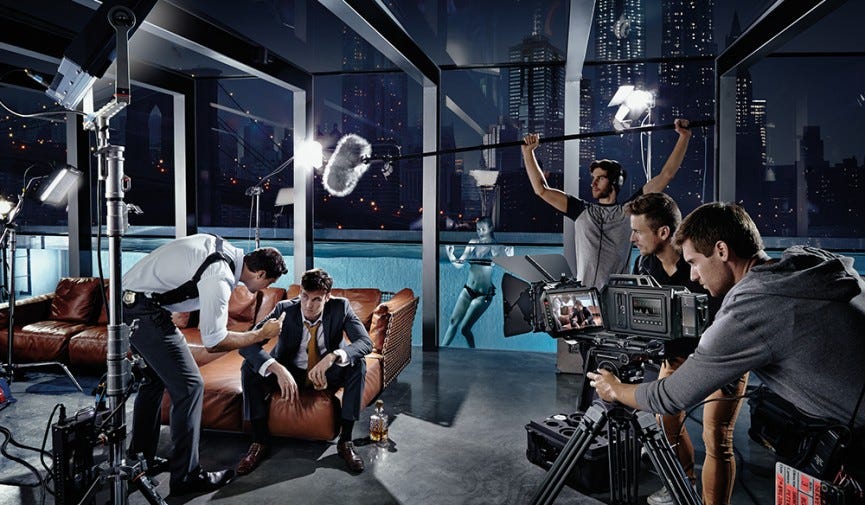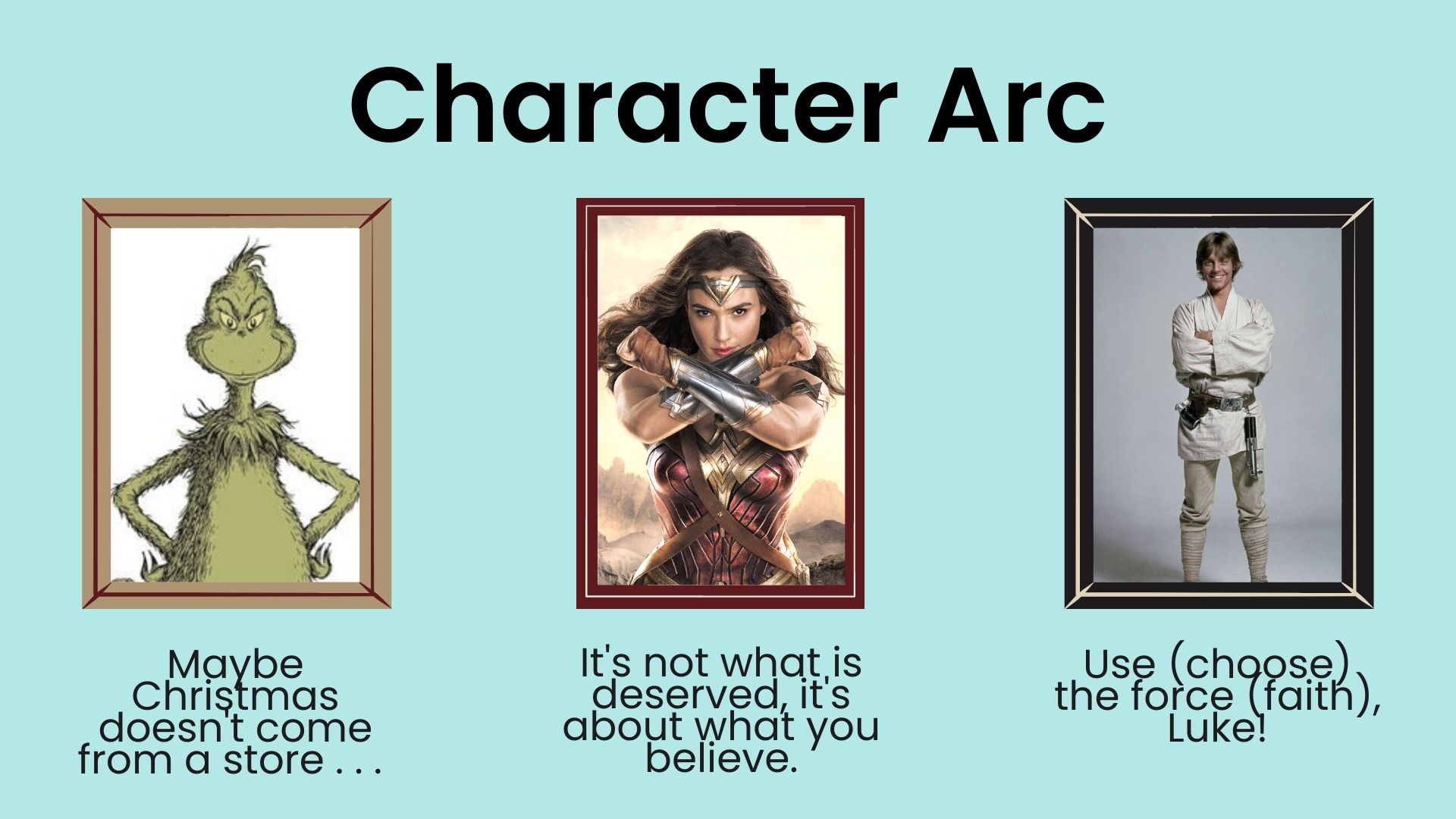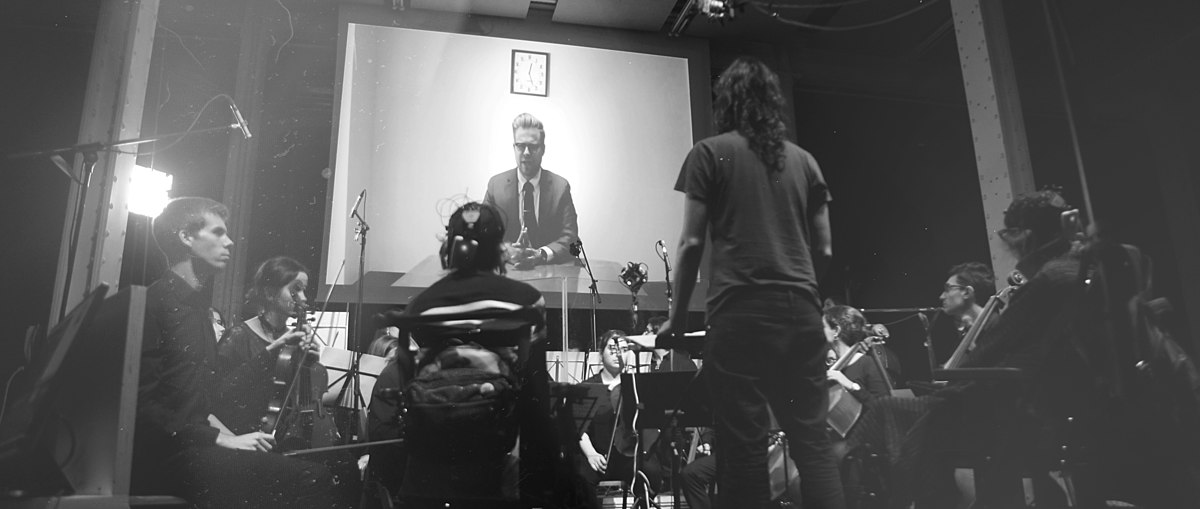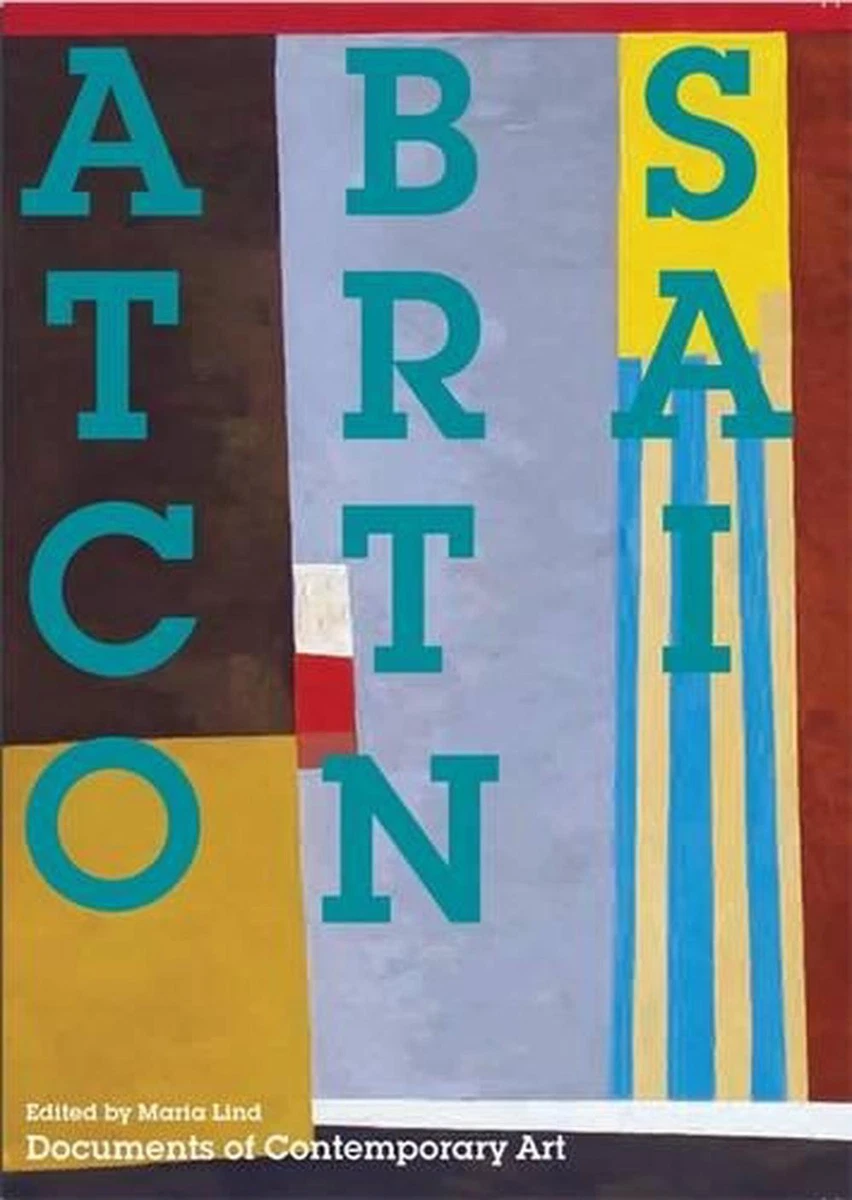The Evolution of Film Editing: From Scissors to Software
The art of film editing has evolved dramatically since the inception of cinema. It is through this evolution that filmmakers have been able to manipulate time, enhance storytelling, and evoke emotions that transcend simple moving images. Film editing is more than just cutting and pasting; it is the invisible hand that shapes the narrative, determining the rhythm and pace of the story while seamlessly piecing together scenes to create a coherent whole. This exploration into the evolution of film editing will delve into the various stages of its development, from the tactile, manual processes to the sophisticated digital techniques employed today.
The Silent Era: Pioneering the Craft
In the early years of cinema, film editing was not initially considered a distinct craft separate from photography. The concept of storytelling through film was nascent, and filmmakers were still discovering how to best utilize the medium. Early films were typically shot in a single take with no cuts, reminiscent of a stage play. It wasn't until the discovery of editing as a narrative tool in the late 19th and early 20th centuries that filmmakers began to recognize its potential to manipulate time and space.
The pioneering works of filmmakers like Edwin S. Porter and D.W. Griffith played an instrumental role in shaping the future of film editing. Porter's 1903 landmark film "The Great Train Robbery" showcased early examples of cross-cutting, where two sequences of action are interwoven to suggest concurrent events. D.W. Griffith further developed editing techniques by refining Porter's discoveries, introducing innovative concepts such as the close-up and the use of parallel editing to build suspense and emotion in films like "The Birth of a Nation" (1915).
The Golden Age: The Refinement of Editing Techniques
As film entered its Golden Age in the 1930s and 1940s, editing techniques were refined, giving birth to the classical Hollywood style that prioritized continuity and seamless storytelling. Editors became integral to the filmmaking process, collaborating closely with directors to craft narratives that flowed naturally and engaged audiences. This period marked the formalization of film grammar, where techniques like the match cut, dissolves, and fades became standardized.
Innovative editors such as Margaret Booth, one of the first women to make a significant impact in the field, began to emerge during this time. Collaborating extensively with major studios, Booth's work helped establish editing as an indispensable creative and technical asset to filmmaking. The industry's shift towards synchronized sound in the late 1920s further transformed editing, demanding new skills to integrate dialogue and sound effects cohesively with visual cuts.
The New Wave: Breaking Conventions
The 1950s and 1960s bore witness to a revolution in film editing as filmmakers around the world began challenging established norms to develop new forms of cinematic expression. The French New Wave, led by luminaries like Jean-Luc Godard and François Truffaut, rejected traditional editing conventions, favoring jump cuts and non-linear narratives that conveyed realism and spontaneity. This period emphasized the editor's role as a storyteller, bringing experimental techniques and narrative structures to the fore.
One of the most innovative editors from this era was French editor and filmmaker Agnès Varda. Her work alongside her contemporaries not only dismantled conventional editing by introducing disjointed editing patterns and breaking the fourth wall, but also proved influential across the cinematic landscape, inspiring new generations of filmmakers worldwide.
The Digital Revolution: A New Era of Possibilities
The advent of digital technology in the late 20th and early 21st centuries marked a seismic shift in film editing, ushering in an era of unprecedented possibilities and accessibility. Computer-based editing systems such as the Avid Media Composer introduced non-linear editing, a technique that permits editors to access any frame within a digital clip instantly, revolutionizing how films were assembled.
Digital editing democratized the filmmaking process, allowing independent filmmakers and studios alike to experiment with complex narrative structures and groundbreaking visual effects without the prohibitive costs of traditional methods. Moreover, the rise of digital editing has presented editors with powerful new tools to manipulate sound and image in innovative ways, expanding storytelling capabilities beyond the constraints of celluloid film.
As film editing continues to evolve, the craft remains integral to the creative process, as the invisible yet crucial link that connects art and audience. The journey of editing serves as a testament to the boundless potential of cinema, reflecting the inexorable quest for new methods of captivating storytelling that push the boundaries of imagination and technology.
The Rise of Digital Non-Linear Editing Systems
As the film industry transitioned into the 1990s, the introduction of digital non-linear editing systems (NLE) profoundly redefined the landscape of film editing. The ability to rearrange scenes and sequences with remarkable ease enabled editors and filmmakers to experiment more freely, facilitating a surge in creativity and innovation.
Prior to digital NLE, editors were bound by the painstaking physical task of cutting and splicing celluloid strips. Each cut was meticulously planned and executed, as errors were not only time-consuming to correct but also risked damaging the original footage. The digital revolution erased these barriers, offering editors unprecedented flexibility and efficiency. Digital formats eliminated the limitations of film stock, providing extensive editing possibilities that would have been inconceivable in the analog era.
Popularized by groundbreaking films such as "Forrest Gump" (1994) and "The Matrix" (1999), digital editing allowed editors to integrate complex visual effects seamlessly into the narrative, elevating storytelling to new heights. The implementation of CGI and green-screen technology, coupled with digital effects, enabled filmmakers to craft immersive, awe-inspiring worlds that captivated audiences.
Editing Software: Empowering a New Generation
The proliferation of editing software such as Final Cut Pro and Adobe Premiere Pro further democratized the craft, empowering a new generation of filmmakers with the tools to create professional-quality films from their laptops. Suddenly, amateur filmmakers and indie creators had the means to produce and edit content that rivaled Hollywood productions in quality. The accessibility of these tools ignited a burgeoning DIY film movement, giving rise to a diversity of voices and perspectives within the industry.
Advanced features of these editing systems, like multi-camera editing, advanced color grading, and sophisticated sound design options, provided editors with the ability to manipulate every facet of their work with precision. This expanded toolkit shattered the conventional boundaries of storytelling, allowing for unique explorations into narrative structures, tempo, and aesthetic styles.
Today's editing software integrates artificial intelligence (AI) to automate tedious processes, such as sorting clips and suggesting cuts, allowing editors more time to focus on creative decision-making. AI-assisted editing tools continue to evolve, fostering greater efficiency and opening the door for novel editing techniques that were previously unimaginable.
The Art of Sound: Enhancing the Cinematic Experience
As film editing evolved, so too did the art of sound design, becoming an indispensable element of modern filmmaking. While early cinema was silent, the advent of synced sound in the late 1920s proved transformative, necessitating new approaches to editing and sound mixing. Beyond mere dialogue synchronization, sound became an integral storytelling component, influencing emotional tone and accentuating dramatic moments.
Contemporary filmmakers and editors use sound to elevate the cinematic experience, employing techniques like diegetic and non-diegetic sound to blur the lines between reality and fiction. Layering ambient soundscapes, carefully placed sound effects, and a thoughtfully composed score enhances the narrative and guides audience reactions.
Advancements in sound editing software have given rise to intricate sound design, where editors craft rich auditory environments that are just as impactful as the visuals. This sophisticated manipulation of sound layers amplifies the film's emotional resonance, immersing audiences fully into the world depicted on screen.
The Role of the Editor: A Collaborative Vision
Throughout its evolution, the role of the editor has remained steadfast as a collaborative partner in the filmmaking process. While technology has dramatically changed the tools editors employ, their creative input remains crucial in executing a director's vision. A skilled editor can shape performances, dictate the film's pace, and even salvage potentially incoherent narratives.
Editors often work closely with directors, cinematographers, and sound designers, forming a symbiotic relationship that harmonizes the film's artistic elements. Some directors, such as Martin Scorsese and Quentin Tarantino, collaborate regularly with specific editors, forging dynamic partnerships that have become integral to their filmmaking process. For instance, Scorsese's collaboration with Thelma Schoonmaker exemplifies a creative synergy that has yielded some of the most iconic films in cinema history.
Future Trends: Expanding Boundaries
As technology advances, so too does the potential for innovation in film editing. Virtual reality (VR) and augmented reality (AR) present new frontiers for storytelling, challenging traditional narrative structures and engaging audiences in immersive, interactive experiences. Editors will play a pivotal role in shaping these nascent forms of media, integrating spatial editing techniques that allow audiences to explore stories from multiple perspectives.
Blockchain technology may also influence the future of film editing by ensuring secure, transparent collaborations between creators worldwide. Decentralized editing platforms could facilitate seamless teamwork across borders, fostering diversity and creativity in global filmmaking.
The future of film editing is boundless, driven by the inexorable push for new technologies and fresh storytelling approaches. As film continues to evolve, editors will remain indispensable architects of narrative, marrying the infinite possibilities of technology with the timeless art of storytelling. With each technological leap, editors will redefine the parameters of cinema, weaving a new tapestry of visual wonder and emotional depth for audiences to explore and cherish.
Interactive Storytelling: Engaging Audiences in New Ways
The rapid development of technology has provided filmmakers with novel opportunities to engage audiences through interactive storytelling. This emerging form of narrative invites viewers to become active participants, influencing the story's progression and outcomes. In this evolving landscape, editors are tasked with orchestrating a seamless convergence of choice and narrative, crafting experiences that balance agency with cohesive storytelling.
The rise of video game technology has been instrumental in shaping this interactive space, drawing on cinematic techniques to forge deeper emotional connections with players. Projects like "Bandersnatch," an interactive film by Charlie Brooker, showcase the potential of branching narratives, where audience choices dictate the plot's direction. Editing within these frameworks requires an intricate understanding of nonlinear storylines, ensuring that each choice branches into a coherent and engaging pathway.
Interactive storytelling challenges editors to consider multiple narrative outcomes simultaneously, necessitating a unique skill set and a creative vision. As technology advances, editors will play an increasingly crucial role in pioneering these innovative storytelling methods that blur the line between viewer and participant, creating narratives that are immersive, memorable, and personal.
Preserving the Past: Archiving and Restoring Film
As the film industry embraces the digital age, attention has increasingly turned to preserving the rich cinematic history that has shaped contemporary storytelling. The archive and restoration of film are critical components of editing, ensuring that classic films endure for future generations to appreciate and study.
Film restoration presents unique challenges and opportunities for editors and archivists alike. Many classic films exist in fragile states due to deteriorating celluloid or outdated formats. The process of digitizing and restoring these works involves painstaking attention to detail, employing digital editing techniques to repair damage and enhance image quality while remaining faithful to the original vision.
Technological advancements such as AI-driven restoration tools have revolutionized this process, enabling editors to predict and correct degradation while restoring color and sharpness to faded images. The renewed vibrancy of restored films allows audiences to experience these cultural touchstones as they were intended, ensuring their continued relevance and appreciation.
Furthermore, film archiving efforts are essential for maintaining the accessibility of cinematic heritage, facilitating research and education. As this endeavor progresses, film editing remains central to bridging the gap between the past and the future, preserving the legacies of filmmakers and ensuring their stories continue to resonate with new audiences.
The Editor’s Toolkit: Crafting Emotion and Suspense
The core of film editing extends beyond technology; it lies in the editor's ability to wield the tools at their disposal to evoke emotion and build suspense. Modern editors prioritize storytelling as a visceral experience, employing techniques to create tension, rhythm, and pacing that align with the film's narrative arc.
Establishing tone through editing involves a keen understanding of timing, where the duration and placement of each cut dictate the film’s mood and flow. For instance, rapid cuts can heighten excitement and urgency, while extended takes may cultivate a sense of unease or introspection. Editors also utilize techniques like montage, juxtaposing disparate images to elicit complex emotions and convey thematic juxtapositions.
Emotional resonance is further enhanced through music and sound design, incorporating motifs and crescendos that underscore key moments. By manipulating the auditory landscape, editors can guide the audience's emotional journey, ensuring that every narrative beat is felt deeply and authentically.
Suspense, a staple of many cinematic genres, is crafted meticulously through editing. Building suspense involves a strategic balance of revealing and withholding information, generating anticipation and keeping audiences on the edge of their seats. Mastery of these elements transforms a sequence of visual and auditory components into a compelling narrative symphony, maintaining viewers' engagement and investment.
The Human Element: Editors as Storytellers
Despite technological advancements, the essence of film editing hinges on the human element, where editors act as paramount storytellers contributing significantly to the creative vision. The process of editing is an art form—an intuitive dance that reflects the editor’s sensibility, creativity, and perspective.
Editors shape narrative by selecting what audiences see and in what order, crafting a sequence of events that aligns with the film's thematic intentions. Their decisions influence not only pace and structure but also how characters are perceived and how stories unfold, leaving an indelible imprint on the film's impact.
Collaboration remains a cornerstone of the editor's role. By harmonizing their vision with that of directors, writers, and cinematographers, editors transform disparate footage into cohesive stories that captivate and resonate. This synergy enriches cinematic storytelling, ensuring that each film communicates its intended message with clarity and depth.
The Endless Evolution
The evolution of film editing is far from complete; it is a perpetual journey of innovation driven by emerging technology and the limitless potential of human creativity. From the mechanical editing of the early cinema era to the sophisticated digital platforms revolutionizing contemporary filmmaking, editing continues to redefine its boundaries and possibilities.
Looking forward, editors stand at the forefront of cinematic exploration, harnessing new tools and methodologies to explore the multifaceted spectrum of human experiences through film. By continually adapting to technological advances and embracing challenges with an inventive spirit, editors will persist in shaping the stories that inform, inspire, and transform audiences around the world.
As the curtain rises on the future of film editing, the craft will undoubtedly continue to evolve, celebrating the enduring human desire to share stories in ways that surprise, challenge, and delight. In so doing, it will remain a pivotal force in the ever-expanding world of cinema, preserving the magic of storytelling for generations to come.













:max_bytes(150000):strip_icc()/film-photography-592347645-59e4d0609abed500119e7b14.jpg)







Comments